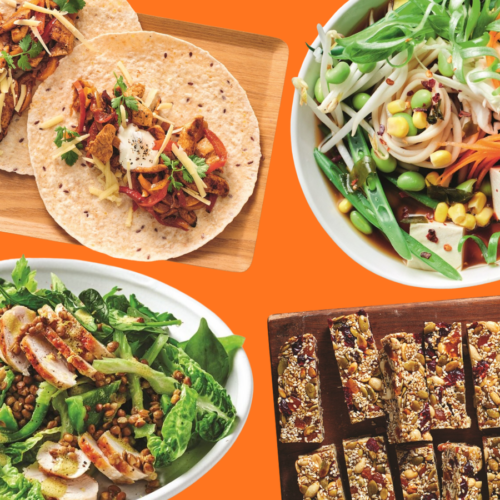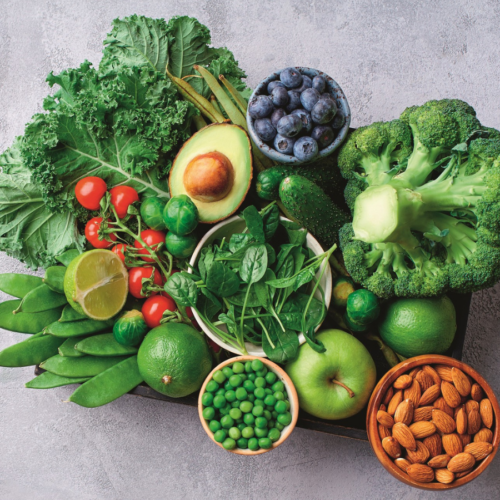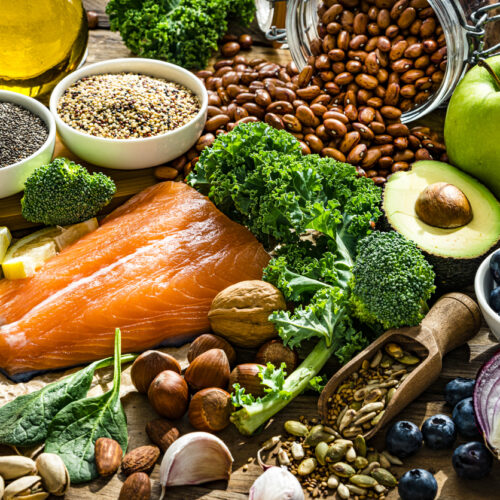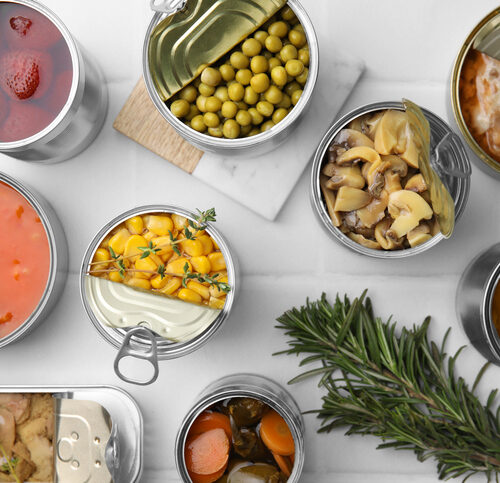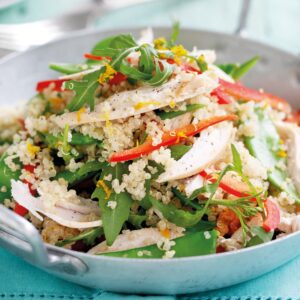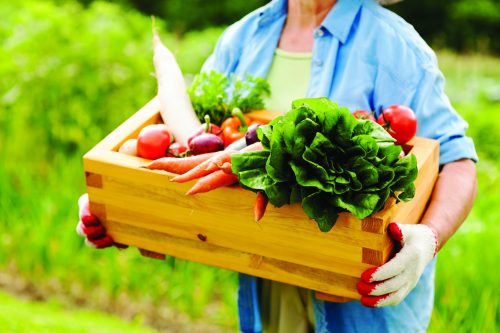
All the hard work has been worth it: time to enjoy the harvest, says David Haynes.
It’s smiles all ‘round for vege gardeners as it’s harvest time. Settled weather and warm soils produce the most rapid growth of the season. Harvesting includes the last of the broad beans, red onions, asparagus and artichokes, the first runner beans, courgettes, new potatoes, onions, garlic and early rhubarb, berries (gooseberry, raspberry, blueberry, blackcurrant) as well as the succession planted basil, beets, leeks, carrots and lettuces.
Any spaces left by harvesting whole plants can be replenished by digging in well-rotted horse or sheep poo with some compost, then replanted with seedlings.
When choosing seedlings for planting now choose a range which offer a staggered harvest through to winter, for example:
- Summer harvest: Carrots, corn, lettuces, beans, radish, courgettes, potatoes, spinach.
- Autumn harvest: Tomatoes, silver beet, cucumber, kumara, beetroot, spinach.
- Winter harvest: Parsnip, turnip, squash, Brussels sprouts, leeks, celery.
Miner’s lettuce, mustard, rocket and coriander will all self-seed and sow to produce plants throughout summer so it’s worth having these dotted around the vege plot.
January reminders
- Lettuces need water and partial shade to avoid bitterness.
- Mulch the garden to conserve water and suppress weeds.
- Feed growing plants nitrogen (eg. manure) and fruiting plants (including tubers) potassium (wood ash) and phosphorus (chicken poo, guano or crushed rock phosphate).
- Bugs, disease, birds, mice and next door’s cat may all decide to use your garden for their own benefit. Keep an eye out.
- Water deeply three times a week rather than lightly once a day.
- Tall plants will need staking and tying when they are planted to protect from being blown over by strong winds.
Recipe idea
This simple, summery salad makes the most of a garden harvest.
Gardening Q&A
Q. How can you tell when something below ground is ready? I’m too impatient with my carrots and then I pull them up to see if they are big enough and replanting them doesn’t work.
Sheena, Cambridge
Simple, depending on the plant. Here is a general guide.
- For potatoes, kumara, New Zealand yam and other tubers: The plant will start to turn yellow, wilt and eventually die. At this point and beyond the tubers can be harvested. They will sit quite happily in the ground until needed.
- Garlic, onions, fennel and other bulbs: The tops of the plant will start to yellow and die back and the top of the bulb is visible above the soil line and has developed a dry skin.
- Carrots, parsnips, turnips and other root crops: Carefully brush the soil off around the very top of the root and inspect it. You do not have to replace the soil albeit the carrot will develop a green head. Unlike green potatoes, green carrots are not toxic and their taste isn’t affected. The diameter of the top of the root crop is the only indication of size. Harvest these plants at any time but always before flowers start appearing as the root quickly turns woody at this point.
www.healthyfood.com


